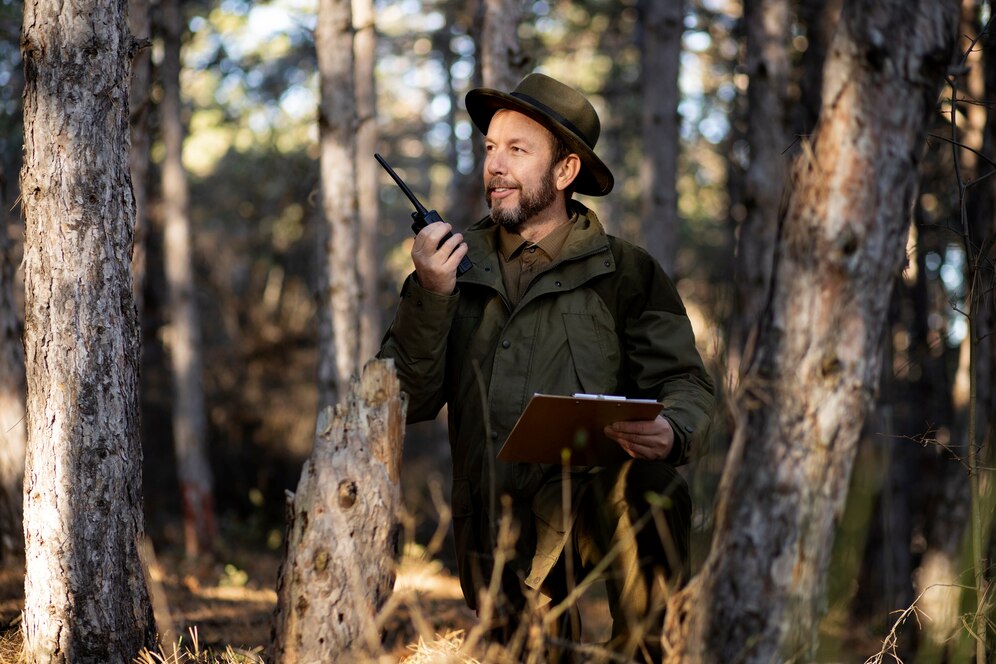
Private landowners are facing growing pressure to manage wildlife more effectively—both for long-term land health and for consistent lease revenue. Traditional methods like visual observation, gut decisions, and scattered camera checks often leave too much to chance. Without clear data, it’s easy to overlook early harvesting patterns, habitat degradation, or missed opportunities that impact deer populations and hunting success.
More landowners are turning to data-driven tools to bring precision to game management. A hunting land management app can help track animal movement, flag behavioral trends, and guide decision-making based on real evidence—not just instinct. The result is better habitat stewardship, stronger herd development, and improved outcomes for both landowners and hunters.
Game Image Overload Is Costing Owners Time and Missed Opportunities
Motion-activated trail cameras are a popular tool for landowners, capturing thousands of images each month. But the flood of photos can quickly become overwhelming, cluttering storage and burying important moments—like rare deer sightings or unusual behavior—under endless shots of common activity. Sorting through everything takes time and can lead to missed opportunities for better management.
Image analytics software helps by filtering large photo libraries. Algorithms identify key animal patterns and behaviors, so landowners don’t have to review every image manually. A more focused approach to monitoring supports smarter decisions about habitat care and hunting. Alerts for specific animal movements make the process easier and highlight moments that matter.
Precision Heatmapping Is Replacing Guesswork in Movement Patterns
Heatmapping tech is now a key part of modern deer management. It moves landowners from guessing to making decisions based on actual data. Using tagged cameras with timestamp features, they can track deer movement across their land with accuracy. This helps identify active travel paths and figure out the best spots for hunting stands.
But it’s not just about seeing more deer. Knowing where deer travel allows for more thoughtful hunting strategies, improving the chance of seeing mature bucks. Mapping movement patterns helps sync land use with how wildlife behaves. Consider investing in or upgrading to heatmapping tools that reveal high-traffic areas and help you fine-tune your game management strategy.
Custom Shoot Lists Are Minimizing Mistakes and Maximizing Buck Quality
Apps that track individual buck profiles are becoming popular with hands-on landowners. These tools collect details about each buck’s age, genetics, and physical traits. Unlike old-school approaches that often led to rushed decisions, these apps give all hunters access to the same information. That way, everyone can make clear and smart choices during hunting season, which helps maintain healthy deer populations.
These systems help avoid taking down bucks too early. Clear rules in the app allow younger bucks to mature, boosting the genetic strength of the herd over time. Take some time regularly to review the app’s info so your hunting aligns with long-term conservation goals.
Guest Management and Resource Scheduling Are Streamlining Property Operations
Hosting multiple hunting groups each season can quickly lead to overcrowded spots, stressed wildlife, and safety concerns. A simple spreadsheet or verbal agreement often isn’t enough. Digital reservation systems help organize visits, assign stand locations, and avoid overlapping groups. When everyone knows where they’re supposed to be—and when—the hunting experience stays smooth, and the land gets the breathing room it needs.
Using tech-based reservation systems makes the process smoother. Landowners can easily assign resources and stick to safety routines. Automated tools help avoid double-bookings and make better use of hunting locations. Keeping the system up to date adds to the safety and enjoyment of guests, especially when animal activity is at its peak.
Exportable Wildlife Data Is Strengthening Lease Negotiations and Property Valuations
The data collected through analytics doesn’t just improve wildlife care—it’s also useful when talking with potential leaseholders. Tracking herd health and movement over time gives landowners hard evidence of their property’s ecological value. This info helps make lease negotiations more open and allows landowners to ask for higher rates with confidence.
Sharing historical data shifts talks from guesswork to facts. Data-backed insights about healthy herds and vibrant habitats can give landowners an edge in discussions and appraisals. Keep wildlife reports current so you’re always ready to negotiate from a strong position, while also showing your commitment to long-term wildlife health.
Old habits are fading—and with them, the risks of guesswork. Landowners no longer have to rely on instinct alone. Tools like image filters, heatmaps, and tracking apps are changing how land is managed, hunted, and valued. Every property has its own rhythm, and understanding it can unlock smarter strategies and healthier wildlife. Tech isn’t just a convenience—it’s an edge. Those who adopt it protect more than just game; they protect long-term value. Ask yourself: are you managing based on tradition or information? The difference could shape the next decade of your land’s potential.
